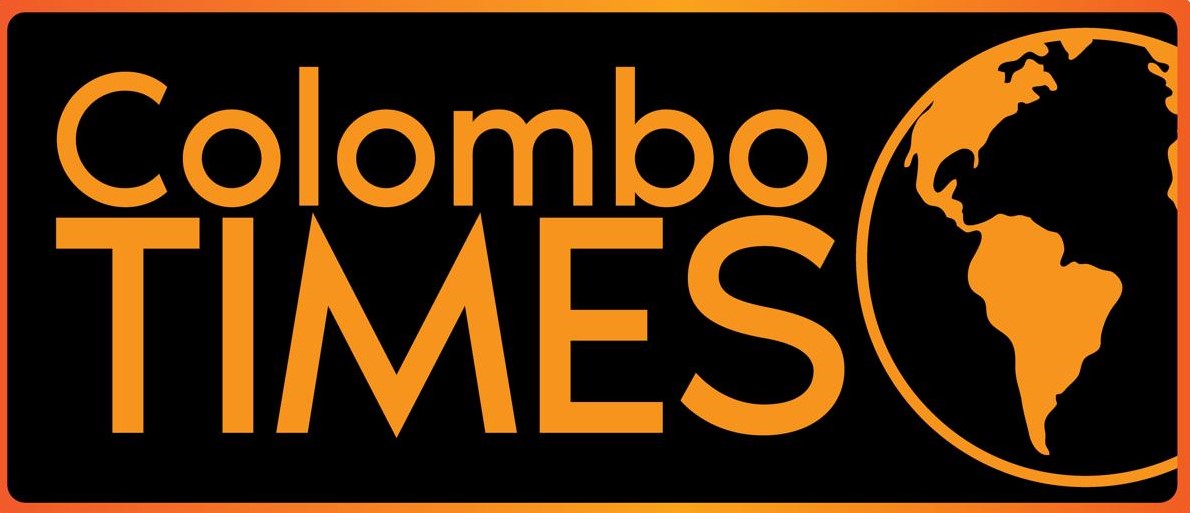COLOMBO– Sri Lanka’s central bank has printed 103.5 billion rupees for 87 days at rates as low as 6.08 percent days after a ceiling rate on auctions at which money was printed to boost outflows above inflows taking the country closer to sovereign default, was take away.
On Wednesday after the ceiling yield was taken away, the three month Treasuries yield rose to 6.38 percent, up from the previous week of 6.08 percent when there was a ceiling rate as a de facto policy which allowed money to be printed to suppress interest rate below domestic credit trends.
However on Friday the 103.5 billion rupees was printed between 6.08 percent and 6.39 in giving a weighted average yield of 6.13 percent for 87 days (3-months) in a bizarre development.
The 87 day money effectively reversed most a statutory reserve hike on September 01, through which banks had to place extra share of deposits in the central bank triggering a large liquidity short.
It is not clear why the SRR was raised before the dysfuntional bond and bill auctions were made functional again.
The large SRR hike, which took money away from banks which were already short, worsened asset liability mismatches, discouraging bank investments in longer term fixed rate bills and bonds.
“SRRs as a monetary tool have been abandoned by most successful central banks,” EN’s economics columnist Bellwether says.
“They were useful especially in the UK up to the middle of the 19th century due usury laws which effectively put a ceiling on the Bank of England at 5 percent.
“It was also a tool that could increase the profits of the Bank of England at the expense of London area commercial banks which did not issue their own notes. Now for example banks have to borrow at 6.13 from the CB to fill the SRR.
“So it is not a wrong idea to reverse the SRR for the moment.
“However undermining the gilt yield curve with yet more unrealistic rates through term domestic operations as it was done in 2015, 2016 up to March and 2018, is going to force an eventual float of the currency.”
The central bank jettisoned ‘bills only policy’ for liquidity injections established by ex-Governor A S Jayewardene exposing the country to severe monetary risk.
The agency bought bond outright to inject medium term money and monetize past deficits to trigger currency crises in 2018 in particular when the budget deficit was brought down, and also halted a reserve build-up after July 2019, analysts have said.
At the beginning of 2020, despite the tax cuts of December 2019, when external sector was still holding steady, and currency pressure had not yet been triggered with rates cuts and liquidity injections, the three month Treasury bills rate was around 7.50 percent and was moving up, compared to 6.38 percent now.
At the auction on February 20, 2020, shortly before the first of the ‘helicopter drops’ of newly minted money was dumped on the banking system the three month bill yield rose to 7.44 from 7.36 percent.
The 6-months yield rose to 8.06 percent from 8.04 percent and the 12-months rose to 8.60 percent in that week. Rate cutting started from the following month..(Economy Next)














